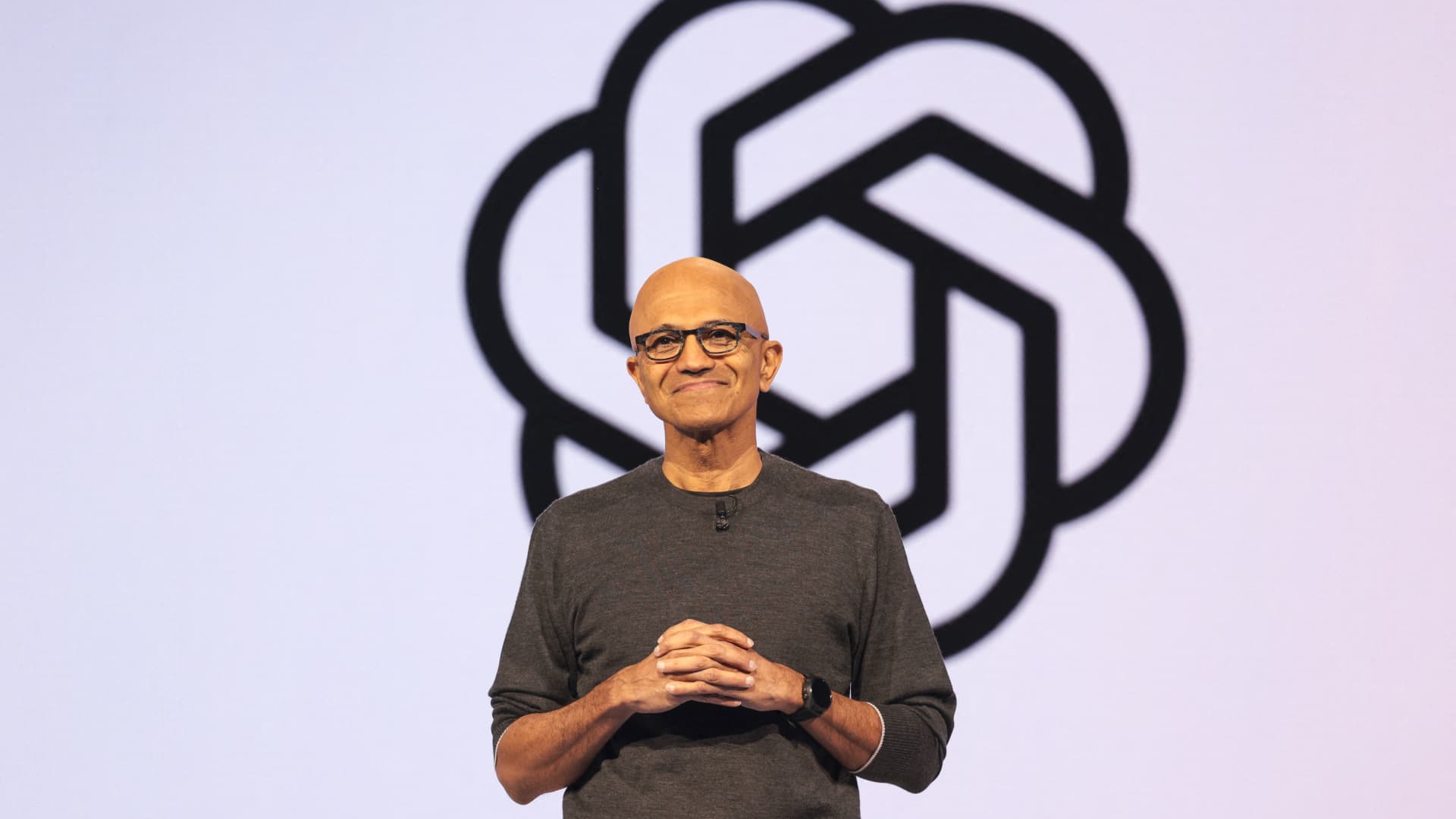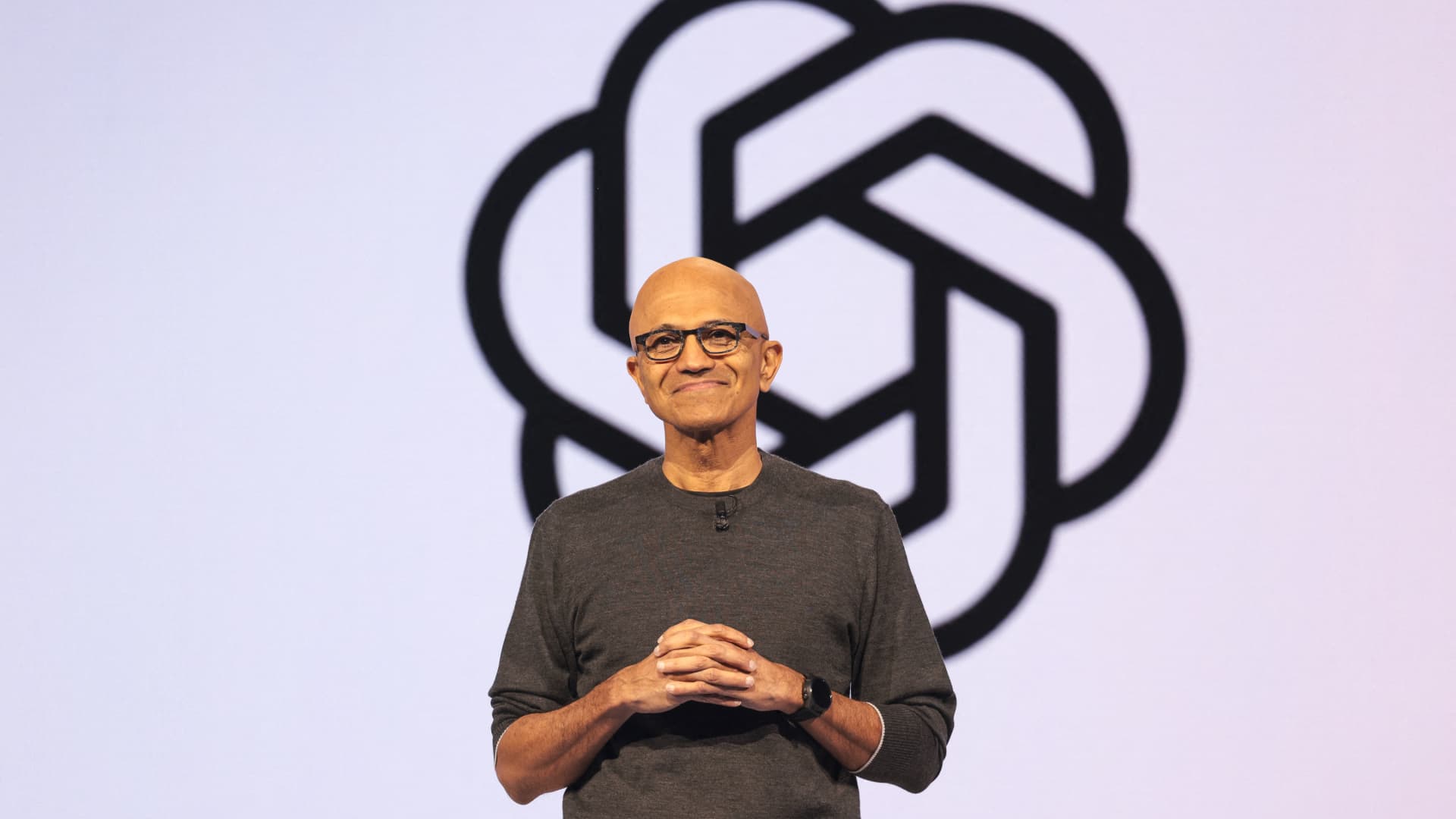The Race to Four Trillion: A Tale of Two Tech Titans
The Ascent of Nvidia: From Graphics to Gold
Nvidia’s journey to the pinnacle of the tech industry is a testament to the power of innovation and adaptability. Once a niche player in the graphics processing unit (GPU) market, Nvidia has transformed into a cornerstone of the artificial intelligence (AI) revolution. The company’s GPUs, initially designed for gaming and professional visualization, found an unexpected calling in the AI sector. Their parallel processing capabilities made them ideally suited for the computationally intensive tasks required for training AI models. This realization catapulted Nvidia into a new era of growth, with its data center business, which includes AI-related products, becoming a major revenue generator.
The numbers are staggering. Nvidia’s revenue growth has been nothing short of astronomical, driven by insatiable demand for its AI chips from cloud providers, research institutions, and enterprises across various sectors. This meteoric rise culminated in Nvidia briefly surpassing Microsoft to become the world’s most valuable company, hitting the $4 trillion mark, albeit briefly, before settling slightly below. However, Nvidia’s success is not without its challenges. The company’s business is heavily reliant on the demand for AI chips, making it vulnerable to fluctuations in the AI market. Moreover, increasing competition from other chipmakers, including AMD and Intel, poses a significant threat to Nvidia’s technological lead.
Microsoft’s AI Embrace: A Strategic Masterstroke
While Nvidia’s ascent was fueled by its dominance in AI hardware, Microsoft’s journey towards the $4 trillion milestone is rooted in its strategic embrace of AI across its vast ecosystem. The company has integrated AI into its core products, from Windows and Office to Azure, its cloud computing platform. This integration has not only enhanced the user experience but also created new revenue streams and strengthened Microsoft’s competitive position.
A key element of Microsoft’s AI strategy is its partnership with OpenAI, the research lab behind groundbreaking AI models like GPT-3 and DALL-E. Microsoft has invested billions of dollars in OpenAI, securing exclusive access to its technologies and integrating them into its products. This collaboration has given Microsoft a significant edge in the AI race, allowing it to offer cutting-edge AI services to its customers and partners. However, Microsoft’s challenges include navigating the complex ethical and societal implications of AI, as well as addressing concerns about data privacy and security. The company also needs to continue innovating and integrating AI into its products to stay ahead of the competition.
Comparing Titans: Strengths and Strategies
While both Microsoft and Nvidia are vying for the same milestone, their strengths and strategies differ in fundamental ways. Nvidia’s strength lies in its technological leadership in AI hardware. The company’s GPUs are widely regarded as the gold standard for AI training and inference, giving it a significant competitive advantage. However, Nvidia’s business is heavily reliant on the demand for AI chips, making it vulnerable to fluctuations in the AI market.
Microsoft, on the other hand, boasts a more diversified business model. Its revenue streams span across software, cloud services, gaming, and hardware. This diversification provides a buffer against economic downturns and reduces its dependence on any single market. Microsoft’s strength lies in its ability to integrate AI into its existing products and services, leveraging its vast customer base and established distribution channels. However, Microsoft’s challenges include navigating the complex ethical and societal implications of AI, as well as addressing concerns about data privacy and security. The company also needs to continue innovating and integrating AI into its products to stay ahead of the competition.
The Road Ahead: Challenges and Opportunities
The race to $4 trillion is far from over, and both Microsoft and Nvidia face challenges and opportunities in the coming years. For Nvidia, the challenge lies in maintaining its technological lead in the face of increasing competition from other chipmakers, including AMD and Intel. The company also needs to diversify its revenue streams beyond AI chips to reduce its dependence on the volatile AI market. Nvidia can expand its presence in emerging markets, such as autonomous vehicles and robotics, to capitalize on the growing demand for AI across various industries.
Microsoft’s challenges include navigating the complex ethical and societal implications of AI, as well as addressing concerns about data privacy and security. The company also needs to continue innovating and integrating AI into its products to stay ahead of the competition. Microsoft can leverage its cloud platform to offer AI-powered solutions to enterprises of all sizes, capitalizing on the growing demand for AI across various industries.
Beyond the Numbers: The Real Significance
While the financial press focuses on the market capitalization figures, the race to $4 trillion is about more than just numbers. It’s a reflection of the transformative power of technology and the profound impact that AI is having on our world. These companies are not just building products; they are shaping the future. The competition between Microsoft and Nvidia is driving innovation and accelerating the adoption of AI across industries. This, in turn, is creating new opportunities for businesses and individuals alike. As AI becomes more pervasive, it has the potential to solve some of the world’s most pressing problems, from climate change to healthcare.
The Future is Intelligent
The race to a $4 trillion market cap is a captivating narrative that underscores the monumental impact of AI on the modern world. Both Nvidia and Microsoft, in their unique ways, are leading the charge, pushing the boundaries of what’s possible and shaping the future of technology. This isn’t merely a competition about financial dominance; it’s a testament to human ingenuity and the relentless pursuit of innovation that promises to redefine our lives in profound ways. As we look ahead, it’s clear that the future is intelligent, and these two tech titans are at the helm, steering us toward a world powered by the boundless potential of artificial intelligence.












